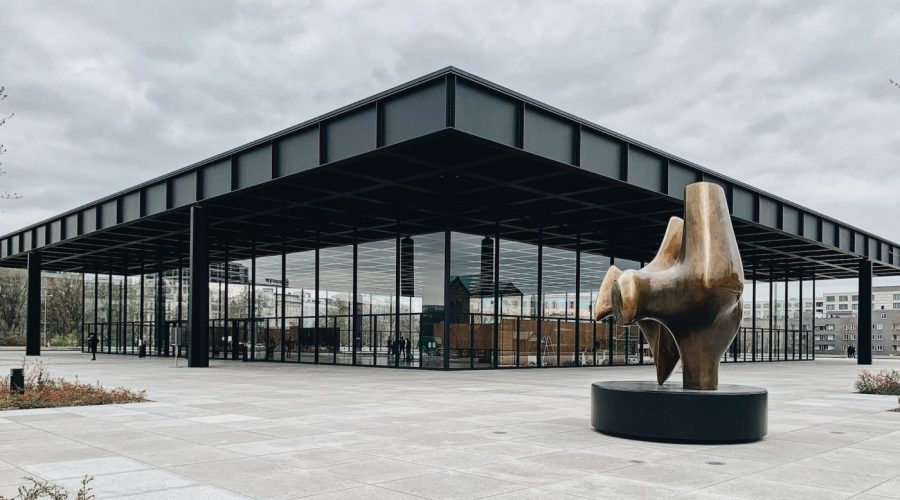What are the key facts about concentration camps in Berlin?
Concentration Camps are one of the most related aspect of the history, it remind us the pain of the world during the World War 2. Unluckily, Berlin, the capital of Germany, could not escape the dismal fact of concentration camps. In this extensive article we will present the major facts about concentration camp in Berlin and give light on this significant part of history.
1. Sachsenhausen Concentration Camp
The Sachsenhausen Concentration Camp is situated in Oranienburg, north of Berlin. One of the first big concentration camps set up by the Nazi government, it was in operation from 1936 until its liberation in 1945. Sachsenhausen was mainly used as a training camp for the SS and a prototype camp for other concentration camps.
Prisoners at Sachsenhause (e)uffered inhuman conditions, forced hard labour (and) medical experiments, as well as systematic exterminations. Today’s visitors to the memorial site can view exhibitions, look at reconstructed estate, and find out about the history of the camp.
2. Ravensbrück Concentration Camp for Women
Ravensbrück Concentration Camp, situated just outside the town of Fürstenberg/Havel, was the largest women’s concentration camp in the German Reich. Opened in 1939, it took mainly female prisoners, but held also children and male prisoners towards the end of WW2.
Women in Ravensbrück, to labor, medical experiments, and awful living conditions were subjected. The camp is a harsh reminder to the gender-based persecution and suffering that took place during the Holocaust.
3. Stalag III-A
Stalag III-A was a prisoners of war camp in the time of World War II, located in Luckenwalde, south of Berlin. The camp housed a large number of Allied prisoners of war, among which American, British and Russian soldiers.
Although it is not considered a concentration camp in the classical sense, Stalag III-A, however, was playing a substantial role in Berlin’s war history. Studying the lives of prisoners of war supplies possible figuring out the much larger picture of the war as well as the results for the man or woman.
4. Useful Tips for Visiting Concentration Camp Memorials in Berlin
4.1. Plan Your Visit Well
Steps to bookmark the latter and make sure to visit earlier books appoint since away. Take note the opening times, ticket reservation and may be any guided tours or visitation exhibits that might provide additional understanding of the camps history.
4.2. Show Respect
When visiting a former concentration camp site, you should be respectful and respectful of where you are to do it worthwhile. Know that these sites are of the greatest historical and emotional significance.
4.3. Seek Knowledge and Understanding
Try to research on the background of the camp and history of the people who were affected there. Study books, documentary, schooling resources to comprehend better.
4.4. Reflect and Pay Tribute
As you visit the memorial sites pause for overdue recognition of the enormous man made suffering that happened within those confines. Pay respects to the victims and observe a cic standstill or take part in memorial events.
4.5. Share Your Experience
After visiting a memorial to a concentration camp, read what you learned to others. The history and lessons we learn regarding it isn’t forgotten allowing us to not forget the horrors of the past.
Conclusion
Concentration camps in Berlin belongs to history that should not be forgotten. Through recognising the past, visiting memorial sites and divulging our knowledge we pay tribute to the victims, we prevent from such calamities in future.
Table of Contents



